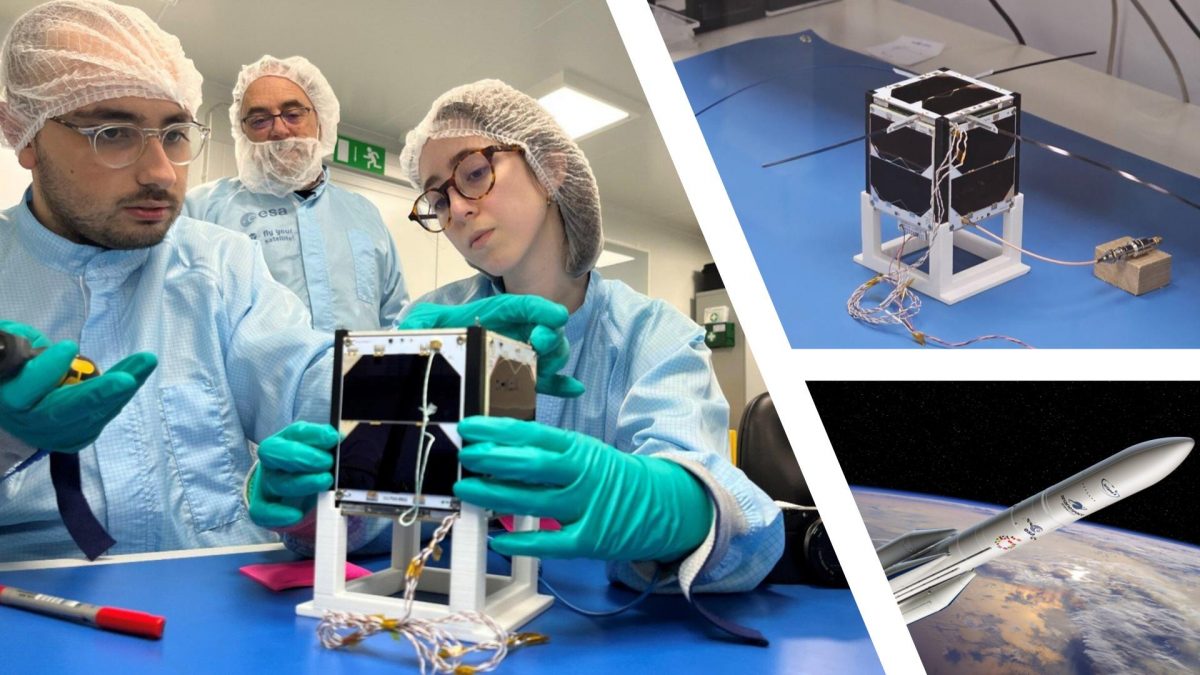
ISTSat-1: Portugal’s First University CubeSat Satellite Ready for Summer Space Launch
The first University CubeSat satellite, entirely conceived and developed in Portugal, is set to launch this summer. The ISTSat-1 project was developed by a collaborative team coordinated by Rui Rocha, which includes INESC-ID researchers Gonçalo Tavares and Moisés Piedade, along with students from Instituto Superior Técnico, marking a significant achievement for Portugal’s technological presence in the international space sector.
This state-of-the-art nanosatellite, so named for its size and weight, demonstrates the remarkable feat of integrating all fundamental systems of a satellite into a small cube measuring just 10 cm on each side. It is scheduled to hitch a ride to space aboard the inaugural flight of the Ariane 6 rocket, launching from French Guiana in June or July this year. Once in orbit, the ISTSat-1’s mission will be to demonstrate that small CubeSats can effectively detect aircraft ADS-B signals from space in areas where ground systems cannot reach, such as oceans or very remote regions.
As the summer launch approaches, the ISTSat-1 team has already completed its final preparations. Recently, students from NanosatLab traveled to Exolaunch’s Berlin headquarters in Germany to integrate ISTSat-1 with the CubeSat deployer in preparation for the launch, and ensuring that the satellite is ready for the rigors of space. It will soon be shipped to Arianespace facilities in Évry, France, and subsequently to the Guiana Space Centre.
Mission control for ISTSat-1 will be established at Técnico’s campus in Taguspark, Oeiras, and the satellite will be controlled via the CS5CEP station, licensed to AMRAD, ensuring that oversight and operation are conducted entirely from Portugal.
The launch and deployment of ISTSat-1 will be the culmination of an effort that began as early as 2010, when the feasibility of a CubeSat mission was assessed. In 2017, the project was selected by the European Space Agency’s (ESA) Fly Your Satellite! programme, which encourages university teams to develop their own satellites and exposes team members, particularly students, to the entire project lifecycle of a space mission.
In 2022, researchers involved in the ISTSat-1 project headed the creation of the Técnico NanosatLab in Taguspark. This consortium led by INESC-ID and including IT, IDMEC, ISR, INESC-MN, INOV, and Instituto Superior Técnico, was the site for the final integration of the ISTSat-1, paving the way for future satellite technology development projects.
Know more about ISTSat-1: here
(Image sources: ISTSat-1 website, INESC-ID, ESA)
